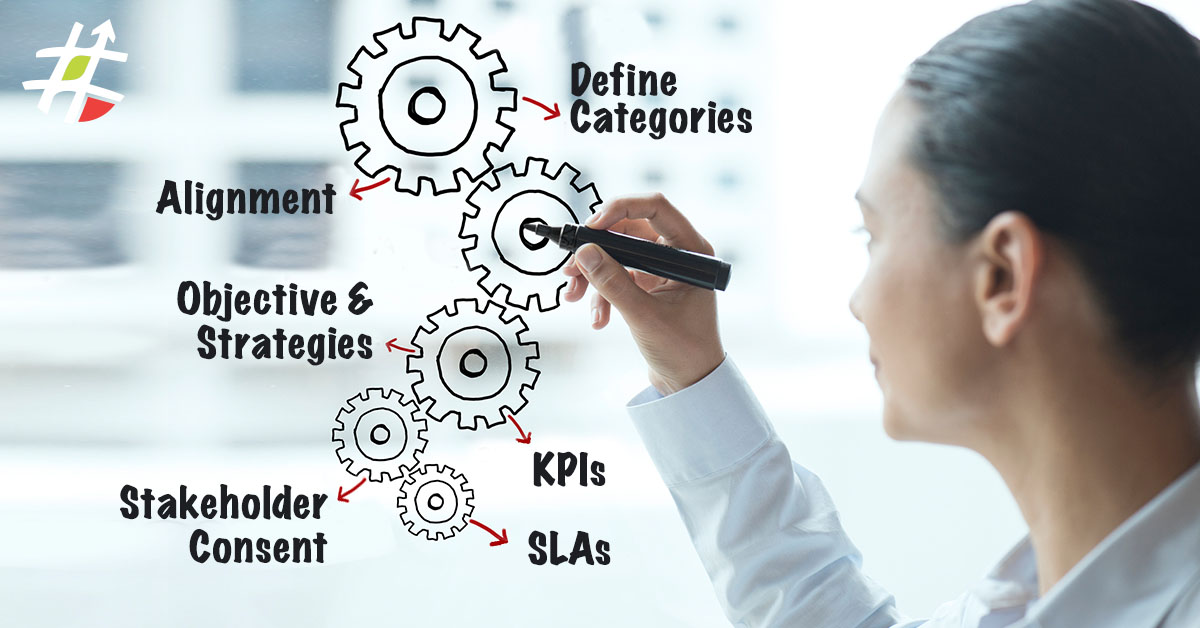
What is category management?
Humans love to group things. We’re wired to do it because it makes life easier. Animals go in one group, tools in another. Why? Quick processing and appropriate reactions. Animals might pose a threat, whereas a screwdriver isn’t something we need to run way from.
Category management is an evolution of this fundamental. It involves grouping like products or services together to make the management of them easier and efficient. What determines the grouping of products or services may involve simply separating those that are indirect from direct or sorting them further based on supplier, value, volume or type.
What are the benefits of sound category management?
Category management is incredibly influential, positively or negatively. Poor category management can lead to unnecessary spend, missed opportunities for innovation and a supply chain with a low degree of visibility. On the other hand, if executed properly, it can provide deep insights into relevant markets, suppliers, products and help to extensively map a supply chain (beyond the first tier). This helps to create strategic category plans while also effectively managing risk for the whole organisation.
Obviously, it’s important that procurement gets it right, so let’s take a look at the steps involved in developing a winning category strategy.
5 steps for sound category strategy
- Define Categories
The first step, intuitively, is defining the categories. As mentioned above, this could be as simple as defining products or services as indirect or direct. While this is a good starting point, there is almost always further segregation and categorisation based on other factors down the road. - Alignment
Gone are the days of silos. The hallmark of all successful businesses and agencies today is strategy alignment. When implementing a category strategy, it’s vital that the overarching business strategy is also taken into account. This might include factors such as technology, sourcing, risk management policies and social and environmental priorities. Whatever they are, they must be considered when devising strategy for all categories. - Objectives & Strategies
Based upon the organisation’s goals, objectives need to be set for each category. For instance, it might be stipulated that 20% of a particular category’s products or services be provided by social enterprises. Strategies then need to be put in place that can attain these objectives. In this case, that might look like contacting relevant social enterprises and inviting them to bid. - Stakeholder Consent
The next step relates again to alignment. Once the strategies have been approved by management, all stakeholders must be brought into the fold and their support received. If the strategies are to stand any chance of achieving their objectives, everybody needs to be on board. - KPIs & SLAs
Aside from being necessary in itself, this step will also help convince stakeholders of the strategies viability. Set Key Performance Indicators (KPIs) or Service Level Agreements that can be used to monitor performance and progress. Considering procurement is an evolving function, make sure these KPIs and SLAs are revisited routinely to make sure they are still relevant and workable. In the vast majority of cases, some tweaking will be called for. Strategies are there to help us achieve goals, but they shouldn’t come at the expense of agility.
Get the expertise and get your category strategy right
Good category strategy is integral to all healthy organisations. It is, however, a complex area of procurement that requires a degree of expertise and knowledge. Academy of Procurement will be running Category Management Masterclasses this November. It is an in-depth and focused workshop that explores the tools, techniques and methods that category managers can deploy at the various stages of the category management process. It’s an area that requires a diverse range of skills, so book today and ensure your procurement team has the training necessary to take advantage of all category management has to offer.
Get Procurement Insights That Matter
Join 10,000+ procurement professionals getting monthly expert cost-optimisation strategies and exclusive resources. Unsubscribe anytime.
Join



